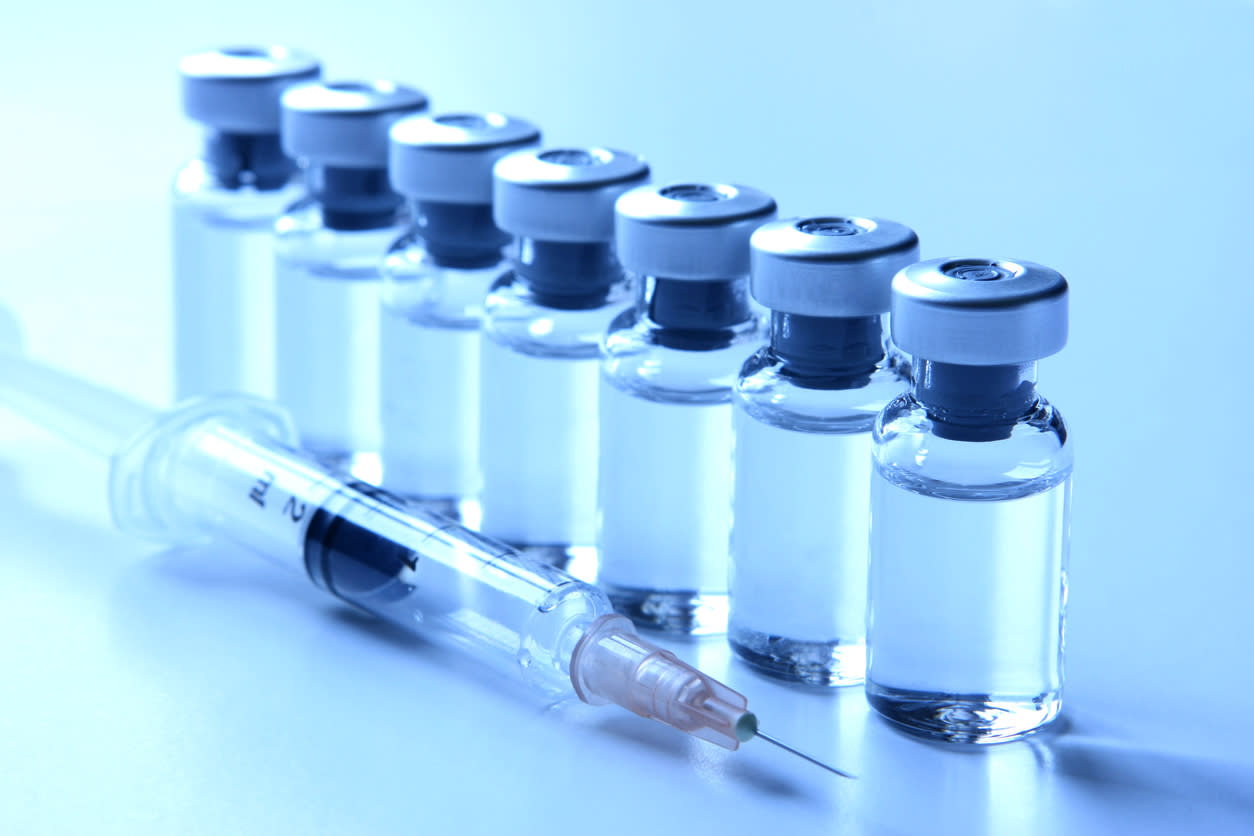Exploring vaccines for humans and animals

Exploring vaccines for humans and animals

Scott Hensley, a professor of microbiology at the University of Pennsylvania, and colleagues have been working on a vaccine candidate that could be used in humans if the virus started circulating among people.
“We think that the vaccine will elicit very high levels of neutralizing antibodies against this specific strain because it’s basically perfectly matched to what’s circulating now,” Hensley said. The vaccine seems to work well in the lab, he said, and the researchers plan to test it on chickens this spring.
The CDC says it recently produced a candidate vaccine virus, an influenza virus that manufacturers can use to make a vaccine, that is nearly identical to a viral protein detected in birds and mammals. It could be used to produce a vaccine for people “if needed.”
“Such a vaccine would be expected to provide good protections against circulating H5N1 viruses,” the CDC said. The agency said it has shared this with vaccine manufacturers.
For years, the Southeast Poultry Research Laboratory, a division of the US Department of Agriculture, has also been working on a vaccine for potential emergency use in animals. There may be an advantage to vaccinating poultry to reduce the chances that the virus could mutate.
Vaccinating poultry against avian flu, is “not something that’s really done in our country, but I think it’s time to think about that for sure,” Hensley said.
Farm animals, including birds, are already vaccinated for other diseases. Chickens, for example, routinely get vaccinated for Marek’s disease, which caused by a herpesvirus. They’re also vaccinated against Newcastle disease, a respiratory illness; infectious bronchitis; and acute necrotic proventriculitis, a viral disease that affects the immune system.
Avian flu may someday be included in that list, according to a spokesperson for the USDA.
“In the interest of leaving no stone unturned in the fight against (highly pathogenic avian flu), USDA continues to research vaccine options that can protect poultry from this persistent threat,” the spokesperson told CNN. Vaccination, though, is not the first option.
“From vaccine development to production timelines to dissemination to flocks, there are many factors that make implementing a vaccine strategy a challenge, and it would take time to deliver an effective vaccine,” the USDA said.
So first and foremost, “we are pursuing collaborative efforts with poultry farmers and companies on education, training, and implementation of comprehensive biosecurity measures. Biosecurity is the best and most prudent approach we have to mitigate the impact of the disease today.”
